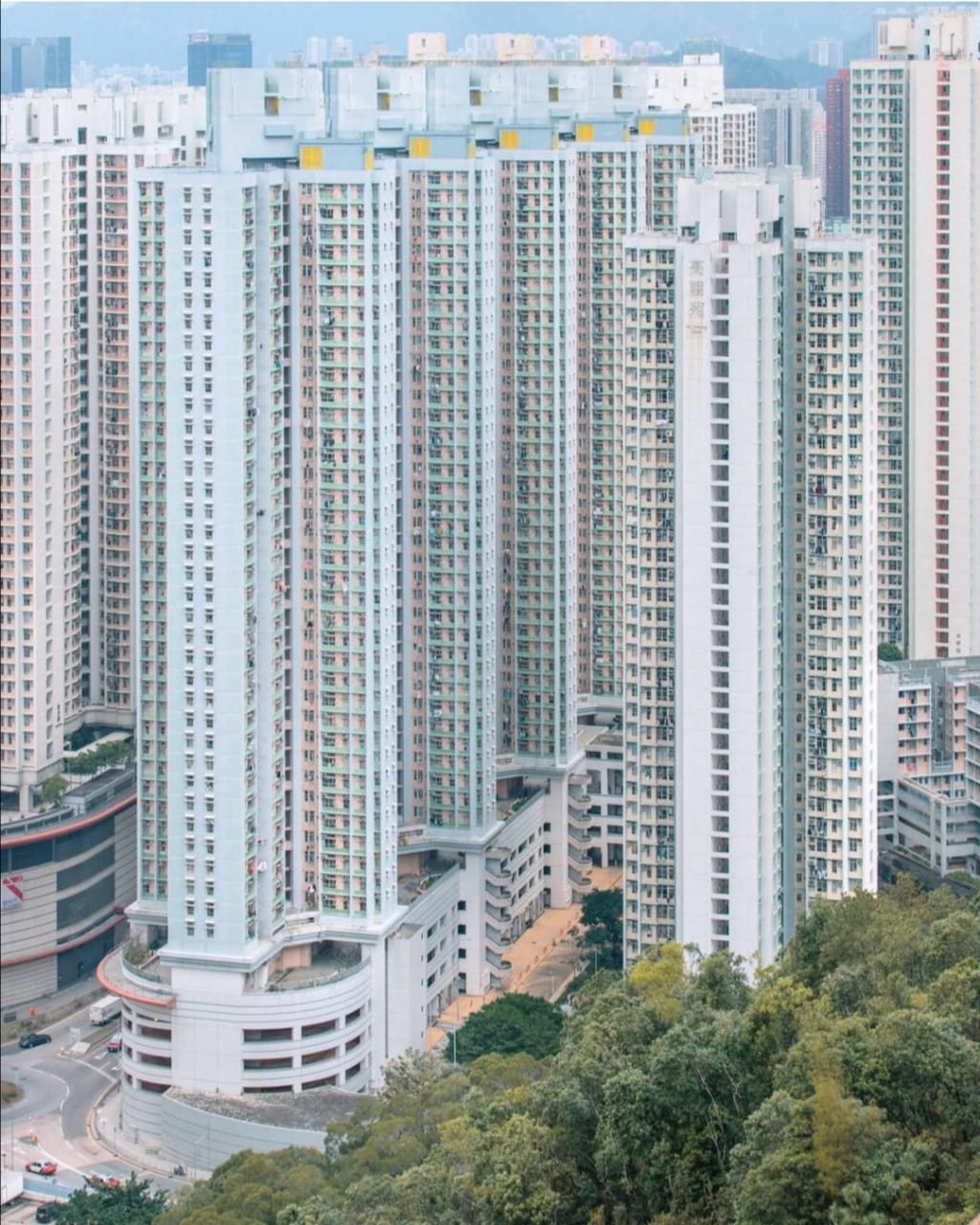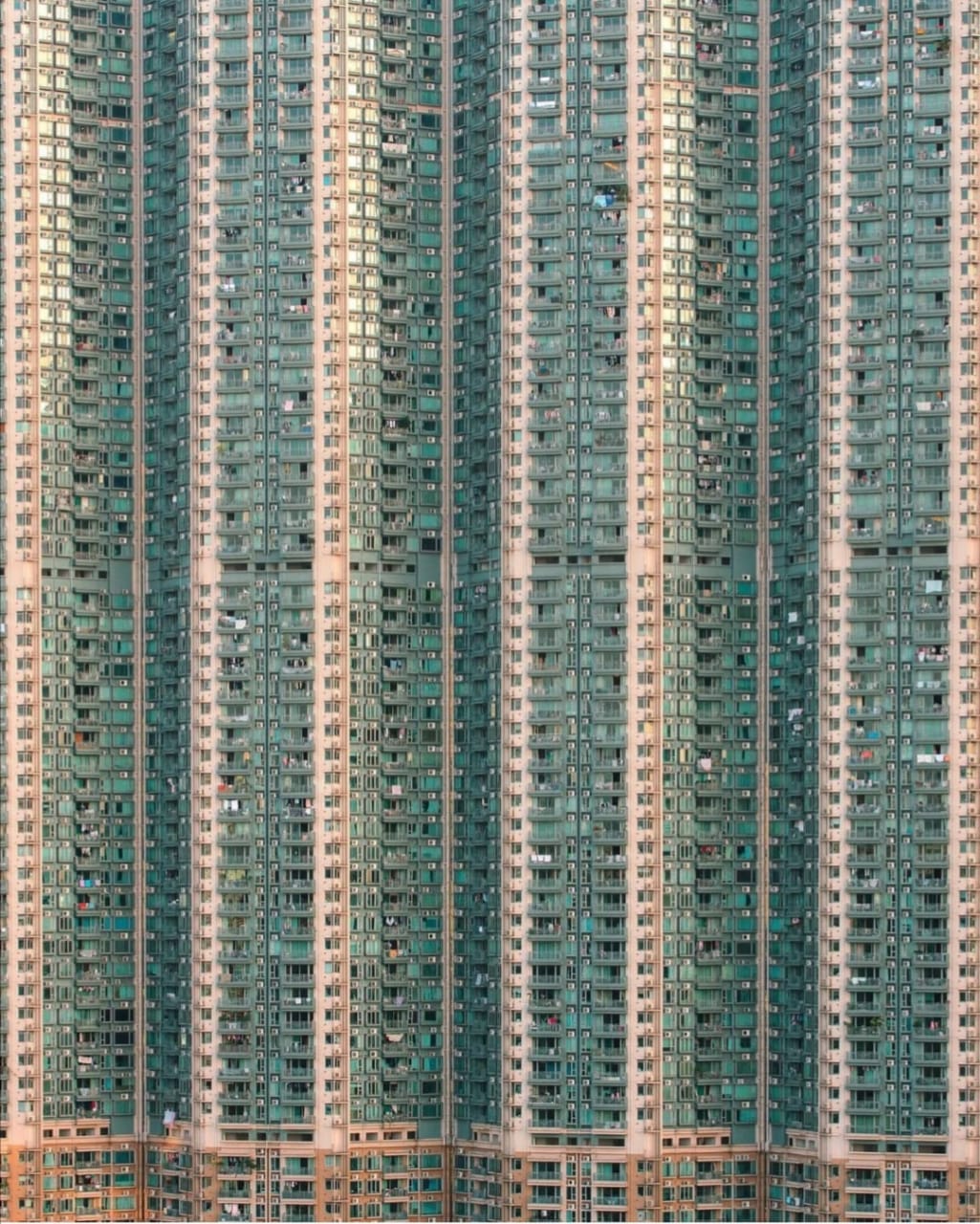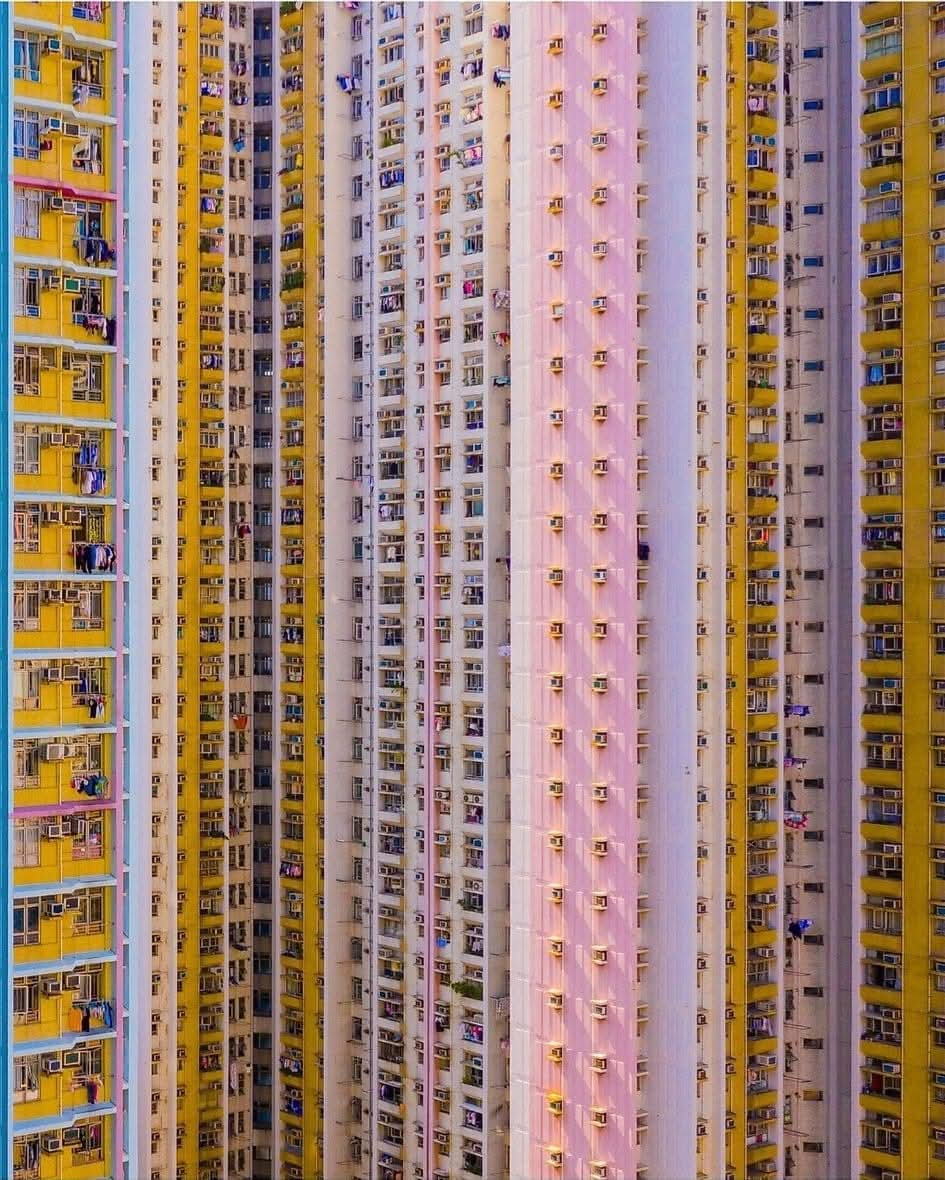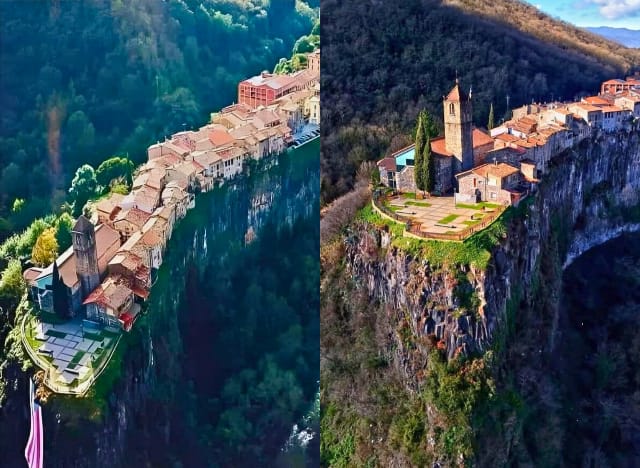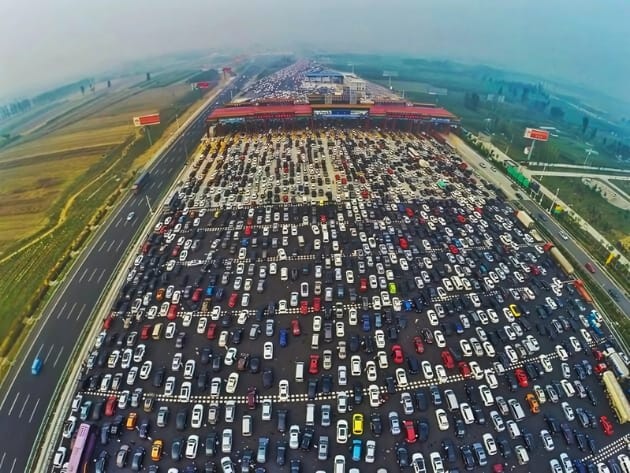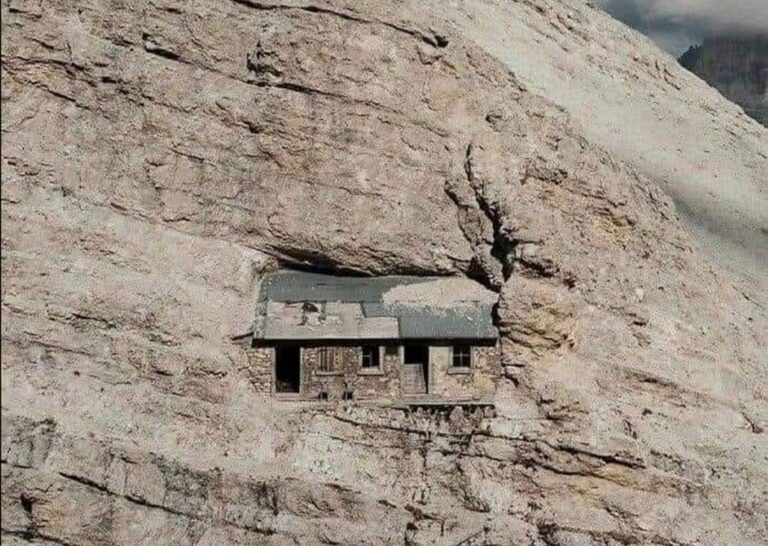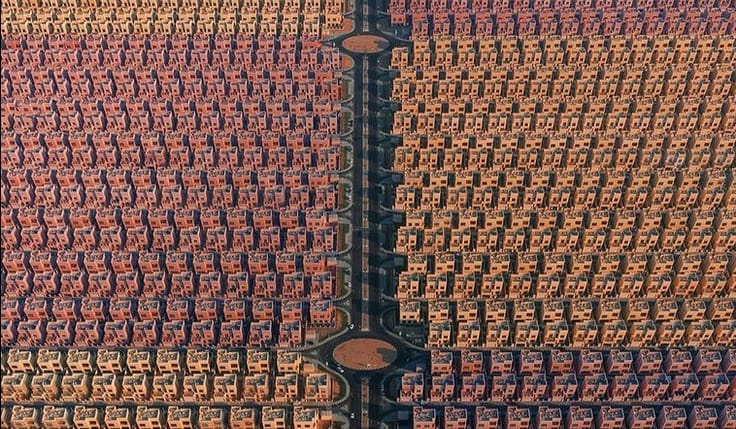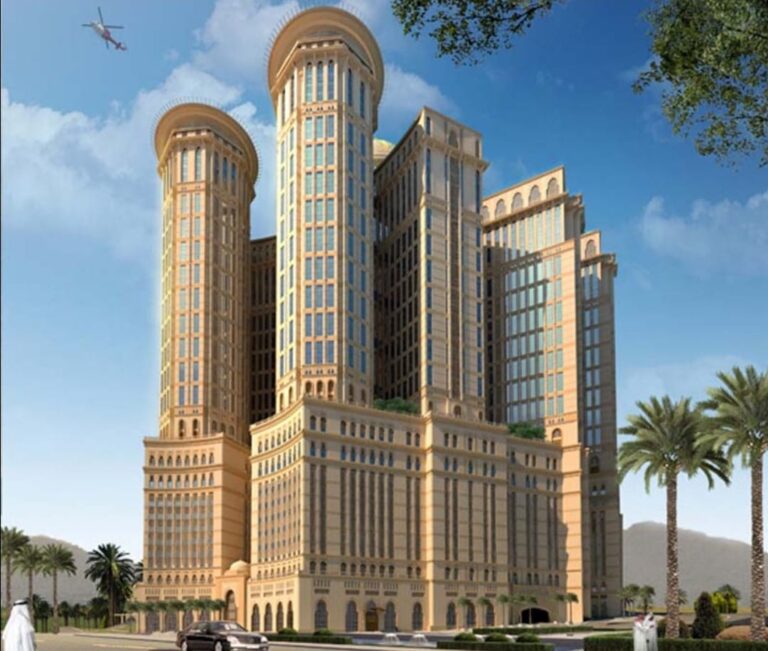In Hong Kong, space is so limited that the city grows upward, not outward. With over 7 million people living in just 1,100 square kilometers, it’s one of the most densely populated places on Earth — often called “the vertical city.”
Neighborhoods like Quarry Bay and Yau Tsim Mong are known for their towering apartment blocks. These buildings are packed so tightly that windows from opposite towers are just feet apart. Some complexes house thousands of people on a single block, stacked in layers of balconies, AC units, and drying laundry.

“This isn’t just architecture, it’s survival,” says Vincent Ng, a local urban planner. “When land is scarce and demand is high, the only way is up.”
Despite the crowding, many buildings function as self-contained communities. Markets, clinics, and schools are often built into the lower floors. Residents move through narrow corridors, rooftop gardens, and slow, aging elevators — always close to their neighbors.
Some see the density as overwhelming. Others view it as a model of efficiency. Either way, Hong Kong’s skyline is a bold example of how cities adapt when space runs out.
